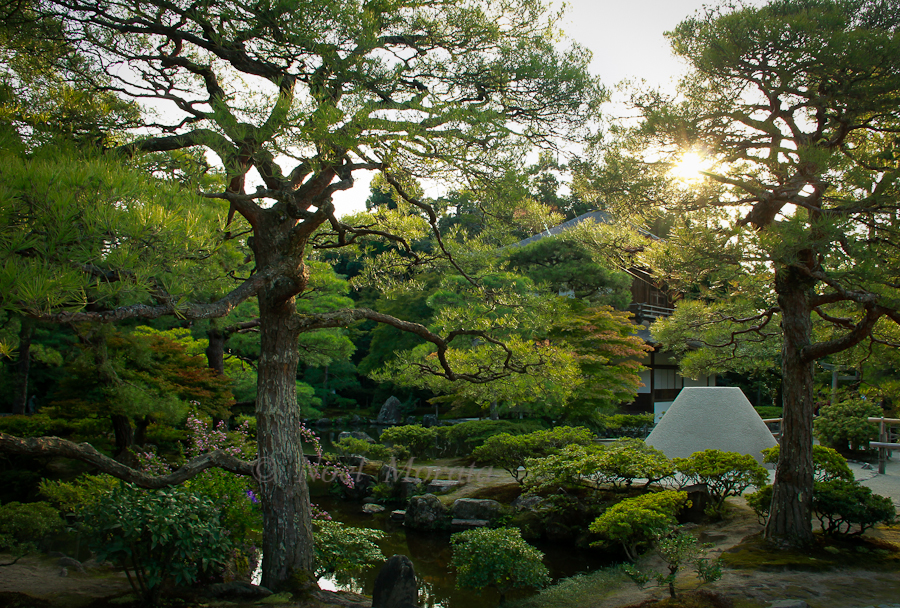One day in Kyoto itinerary
In this post, we explore the historic city of Kyoto in this itinerary and discover all the main highlights in one day. Use this guide to visiting the city and seeing all the historic and cultural attractions below.
With just one long day visiting Kyoto It’s important to have an early start of your day in the city and have your breakfast at your hotel or an easy pick up spot for coffee and a quick bite to explore the city.
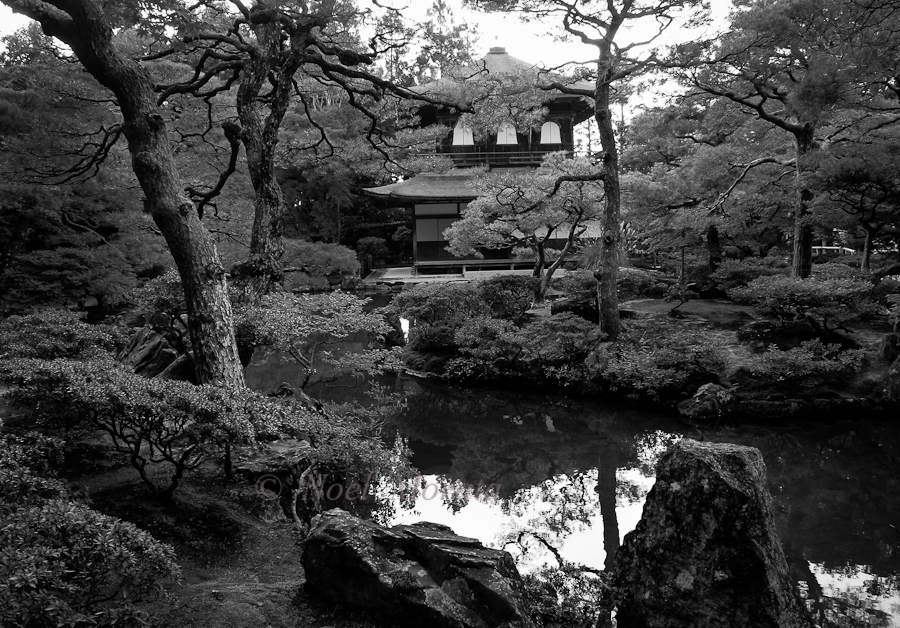
One day to explore Kyoto – temples, palaces, scenic landscapes and vista points and other highlights
If you only have one day to explore the beautiful temples, palaces and venues around Kyoto, bookmark this itinerary that you can easily follow below
How to get around Kyoto
Getting around Kyoto is quite convenient thanks to its mix of buses, trains, and subways, though each works best for different purposes. The city’s bus network is extensive and reaches most of the major temples, shrines, and gardens, especially in the northern and eastern parts of Kyoto where trains don’t go. However, buses can be slow during rush hours or peak tourist seasons because of traffic. A day bus pass is often a good deal if you plan to visit multiple sites in one day.
For faster travel, Kyoto’s two subway lines (the Karasuma and Tozai lines) are useful for getting across the city quickly, especially between Kyoto Station, the downtown area, and neighborhoods like Karasuma or Higashiyama. Trains are ideal for traveling to nearby cities and districts: the JR lines connect to places like Nara, Osaka, and Arashiyama, while private railways such as Hankyu and Keihan are handy for reaching specific areas or attractions.
For shorter distances or to avoid crowded buses, taxis are widely available and relatively affordable if shared, though they can add up for solo travelers. Cycling is another great option—Kyoto is flat, bike-friendly, and rentals are easy to find, making it a relaxed way to explore at your own pace.
I suggest easy to walk to locations can be done and further locations would be better taking taxi or ride share apps or even public transportation if the schedules are available.
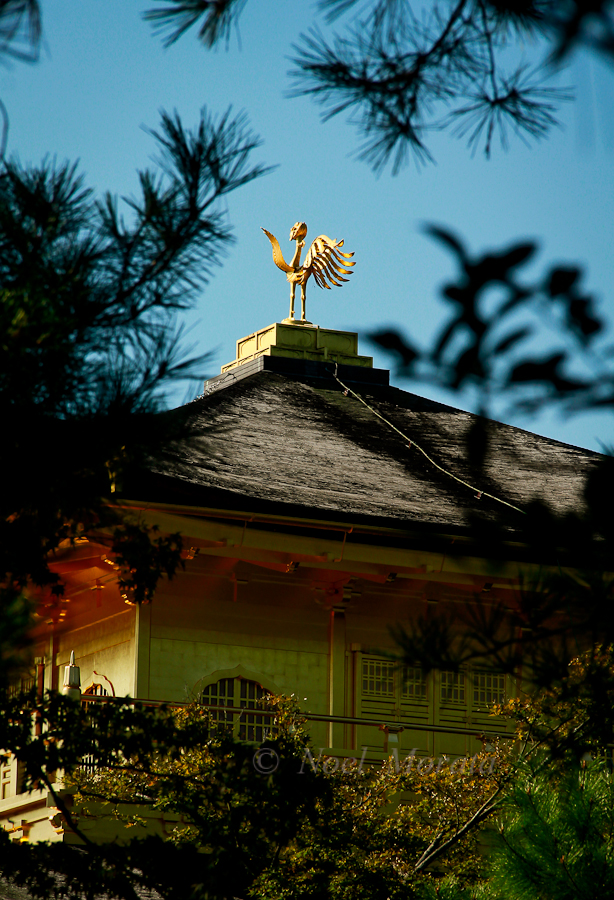
Must See Kyoto Temples 1 Day Itinerary
You can start the day on the west side of the city and exploring the Arashiyama District with an early start around 9am when most of the attractions open.
Popular attractions to visit at Arashiyama include:
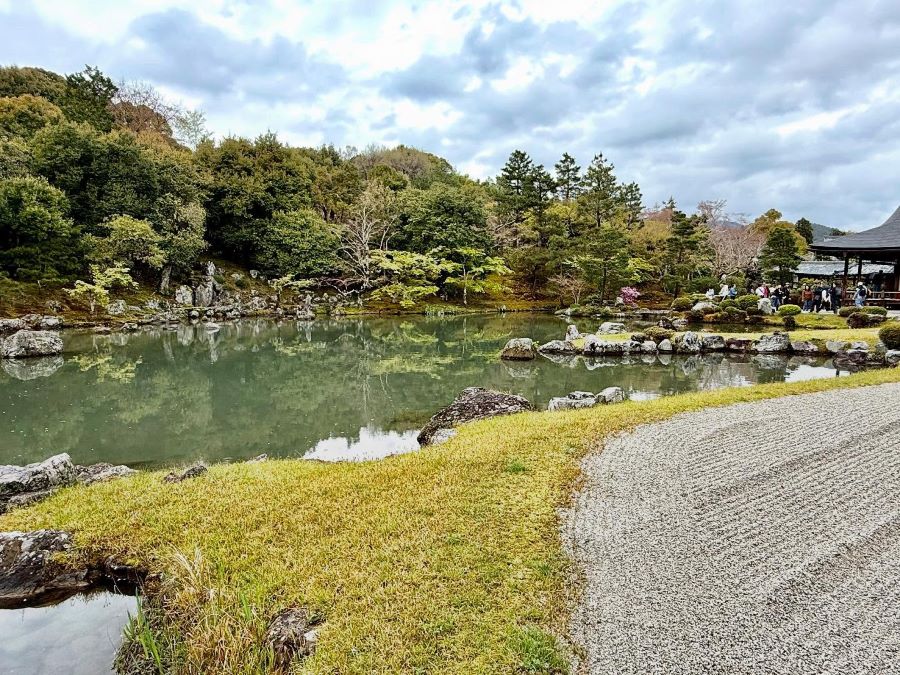
Tenryu-Ji Temple
Tenryu-ji Temple is one of Kyoto’s most important Zen temples and a UNESCO World Heritage Site, located in the scenic Arashiyama district. Founded in the 14th century, it is renowned for its beautifully landscaped Sogenchi Garden, designed to harmonize with the surrounding Arashiyama mountains. The garden retains much of its original layout, with a central pond, islands, stone arrangements, and seasonal plantings that frame the natural backdrop. The temple buildings themselves have been rebuilt over time, but they reflect classic Zen architecture, offering a tranquil space for reflection before exploring the wider Arashiyama area with its bamboo grove and riverside walks.
How to Get There from Central Kyoto (Kyoto Station):
- By Train (most convenient): Take the JR Sagano Line (also called the San’in Line) from Kyoto Station to Saga-Arashiyama Station. The ride takes about 15 minutes, and from the station it’s a 10-minute walk to Tenryu-ji.
- By Bus: Kyoto City Bus #28 runs from Kyoto Station to the Arashiyama area in about 50 minutes, though traffic can make it longer. The bus drops you closer to the temple entrance but is less reliable during busy times.
- By Taxi: A taxi from central Kyoto to Tenryu-ji takes about 25–30 minutes, depending on traffic, and is more comfortable if traveling with luggage or in a group.
- By Bicycle: If you enjoy cycling, the route from central Kyoto to Arashiyama is about 8 km and mostly flat, making it a pleasant ride along the river.
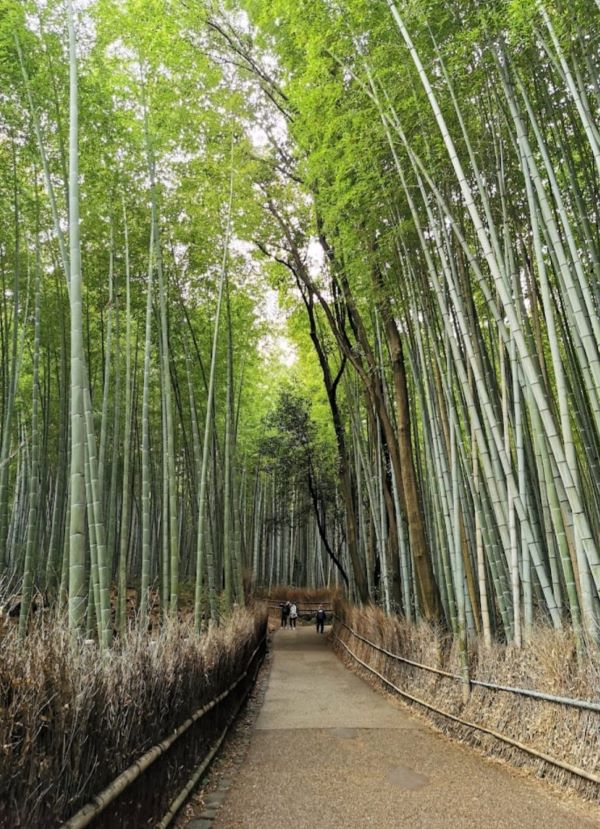
Arashiyama Bamboo grove
The Arashiyama Bamboo Grove is one of Kyoto’s most photographed and atmospheric spots. Walking through the tall stalks of bamboo creates an almost otherworldly feeling, as the light filters down in shifting patterns and the sound of the wind rustles through the leaves. The path itself isn’t very long, but it’s worth strolling slowly to take in the serene atmosphere. Early mornings and late afternoons are the best times to visit if you want to avoid heavy crowds.
How to Get There from Tenryu-ji Temple:
The bamboo grove is directly connected to the north gate of Tenryu-ji Temple. Once you exit through this gate, you’ll find yourself at the start of the bamboo path. It’s only a few minutes’ walk from the temple grounds, so many visitors combine the two experiences. From there, the path continues toward the small Nonomiya Shrine and eventually leads you toward the Okochi Sanso Villa if you wish to extend your walk.

Visit to Kinkaku-Ji Temple
Kinkaku-ji Temple, also known as the Golden Pavilion, is one of Kyoto’s most famous landmarks and a must-see on any visit. The temple’s top two floors are covered in gold leaf, reflecting beautifully over the pond that surrounds it, especially on clear days. The garden is designed to highlight the shimmering pavilion from different angles as you walk along the paths. While you cannot enter the pavilion itself, the experience is more about viewing its striking exterior, the pond, and the carefully maintained landscape. Because of its popularity, it’s best to go early in the morning or later in the afternoon to enjoy it with fewer crowds.
How to Get There from Arashiyama Bamboo Grove:
- By Train and Bus (most practical): From Arashiyama, walk to the Randen Arashiyama Station and take the Keifuku Kitano Line to Kitano-Hakubaicho Station (about 20 minutes). From there, it’s a short bus or taxi ride to Kinkaku-ji (around 10 minutes).
- By Bus Only: You can take a Kyoto City Bus from the Arashiyama area directly to Kinkaku-ji, but this can take up to an hour or more depending on traffic.
- By Taxi: A taxi from Arashiyama to Kinkaku-ji takes around 30 minutes and is the easiest option if traveling with others, though more expensive.

Ginkaku-Ji Temple
Ginkaku-ji Temple, also known as the Silver Pavilion, is a Zen temple in Kyoto that embodies understated elegance and refined simplicity. Originally built in the late 15th century as a retirement villa for shogun Ashikaga Yoshimasa, it was later converted into a temple. Unlike its golden counterpart, Ginkaku-ji was never covered in silver but instead became admired for its wabi-sabi aesthetic—an appreciation of imperfection and transience. Visitors can stroll through its serene moss gardens, admire the carefully raked sand garden known as the “Sea of Silver Sand,” and enjoy quiet views of the pavilion framed by lush greenery and seasonal colors.
How to get there
To get from Kinkaku-ji (Golden Pavilion) to Ginkaku-ji, the simplest option is to take a bus. From Kinkaku-ji-michi bus stop, take Kyoto City Bus 204 or 102 to Ginkaku-ji-michi, then walk about 10 minutes to the temple entrance. The trip usually takes around 40 minutes depending on traffic. Alternatively, for a more scenic route, you can take a combination of buses and walk part of the Philosopher’s Path, which eventually leads to Ginkaku-ji.
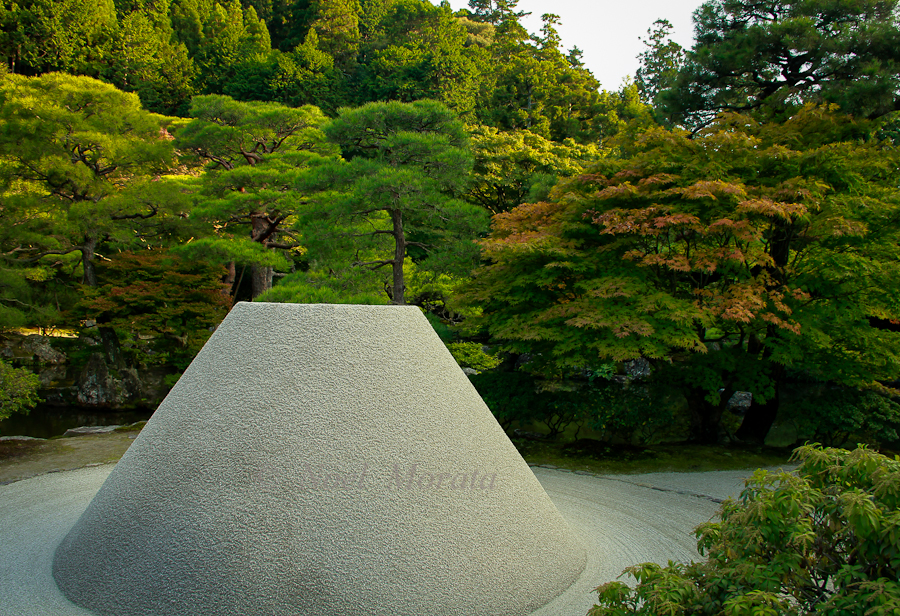
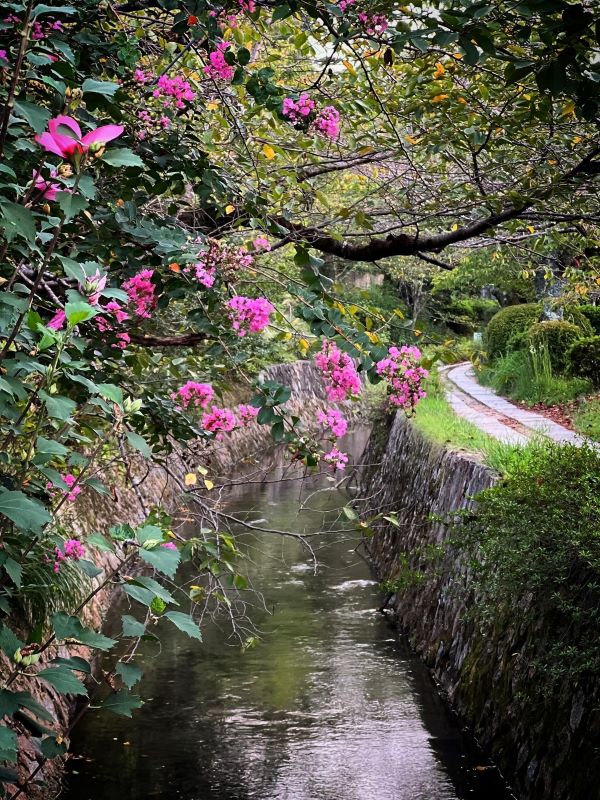
Path of Philosophy
- After visiting Ginkaku-ji, exit the temple and walk south along the Path of Philosophy This scenic walk along the Path of Philosphy is The Path of Philosophy, or Philosopher’s Path, is a peaceful stone walkway that runs alongside a cherry tree–lined canal in northern Kyoto. It stretches for about two kilometers and is especially famous in spring when the blossoms arch over the water, creating a soft tunnel of petals. The path takes its name from Nishida Kitaro, a Kyoto University philosopher who is said to have walked here for daily meditation. Along the way, you’ll pass small temples, shrines, teahouses, and craft shops, making it both scenic and cultural. Walking south, the path eventually leads you toward Nanzen-ji Temple, one of Kyoto’s great Zen temples.
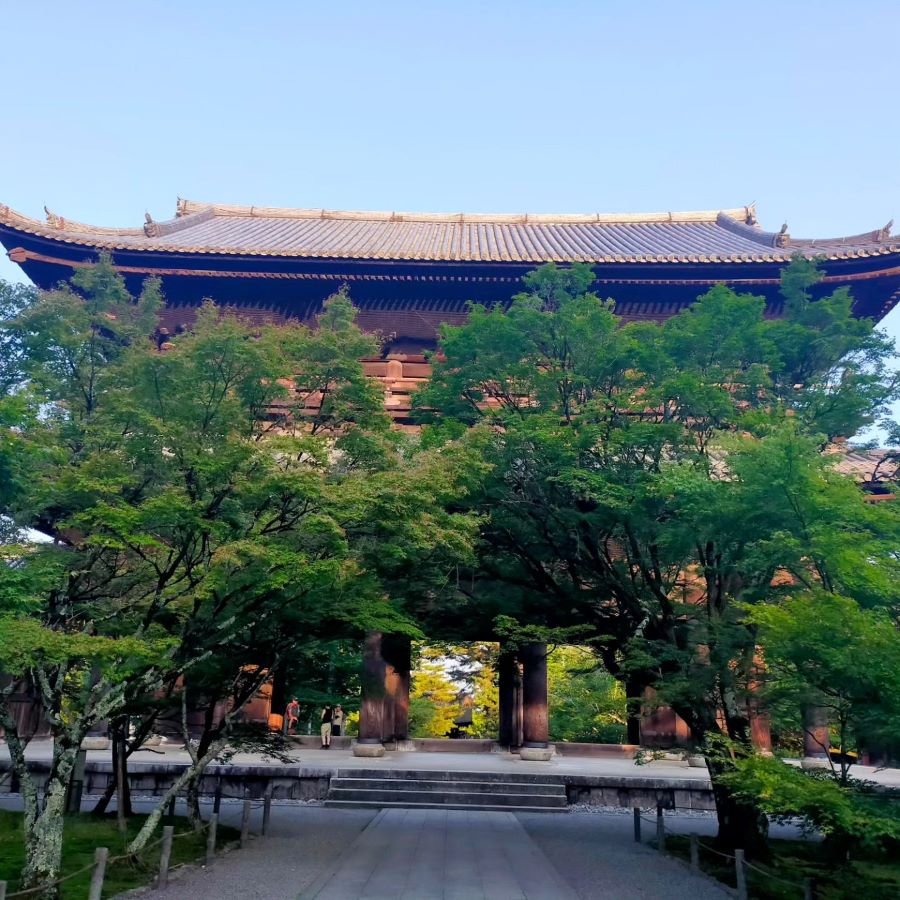
Nanzen-Ji Temple
- Approaching Nanzen-ji, the quiet canal path gives way to impressive temple grounds, with the massive Sanmon Gate and the aqueduct-style brick viaduct that make this temple complex stand out. It’s an ideal route for slowing down, enjoying the rhythm of Kyoto’s seasons, and arriving at Nanzen-ji in a contemplative frame of mind.
- Nanzen-ji Temple is one of Kyoto’s most significant Zen temples, both for its scale and its history. Founded in the 13th century, the complex features sprawling grounds dotted with sub-temples, tranquil gardens, and impressive architecture. The massive wooden Sanmon Gate stands at the entrance, offering sweeping views of the city for those who climb to the top. Within the temple grounds, visitors can explore rock gardens, elegant halls, and the striking red-brick aqueduct built during the Meiji era, which contrasts with the traditional surroundings yet has become a beloved landmark. Nanzen-ji blends spiritual atmosphere with scenic beauty, making it a rewarding stop for those exploring Kyoto’s eastern hills.
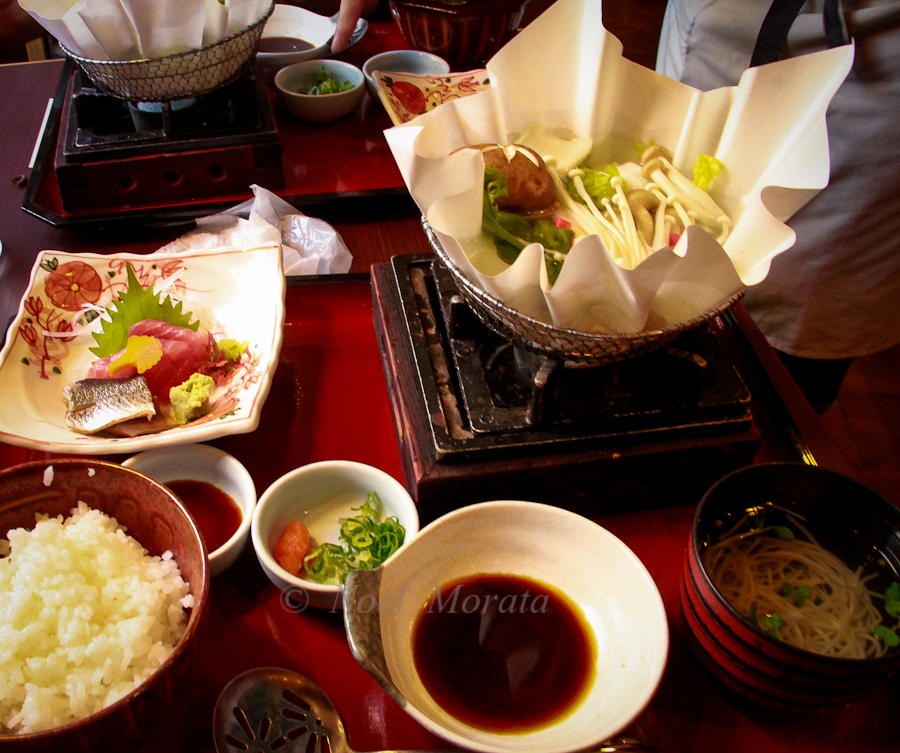
Lunch break from Nanzen-Ji temple
If you’re ready for a lunch break from the morning’s temple visits, here’s a samplef lunch options near Nanzen-ji Temple:
1. Traditional Japanese Cuisine
- Okutan Nanzenji – A long-established restaurant specializing in Kyoto-style vegetarian cuisine (shojin ryori) with handmade tofu dishes.
- Average Cost: ¥2,000–¥3,500 per person
- Highlight: Multi-course set meals featuring yudofu (hot tofu).
- Junsei – Known for its refined tofu and seasonal kaiseki meals.
- Average Cost: ¥3,000–¥5,000 per person
- Highlight: Elegant yudofu lunch in a traditional setting.
2. Casual and Local Dining
- Nanzenji Kikusui – A relaxed spot serving light Japanese meals and sweets with garden views.
- Average Cost: ¥1,500–¥2,500
- Highlight: Simple lunch sets and matcha desserts.
- Omen Ginkakuji (nearby along the Philosopher’s Path) – Famous for handmade udon noodles served with a variety of toppings and dipping sauces.
- Average Cost: ¥1,500–¥2,500
- Highlight: Generous portions of fresh noodles in a casual atmosphere.
3. Cafes and Light Meals
- Inoda Coffee Higashiyama – A Kyoto classic serving sandwiches, light meals, and excellent coffee.
- Average Cost: ¥1,000–¥2,000
- Highlight: Western-style lunch with a Kyoto café vibe.
- Suiran Café (along the canal toward Keage) – Offers sandwiches, pasta, and desserts with a stylish setting.
- Average Cost: ¥1,500–¥2,500
- Highlight: Great for a lighter, modern lunch break.
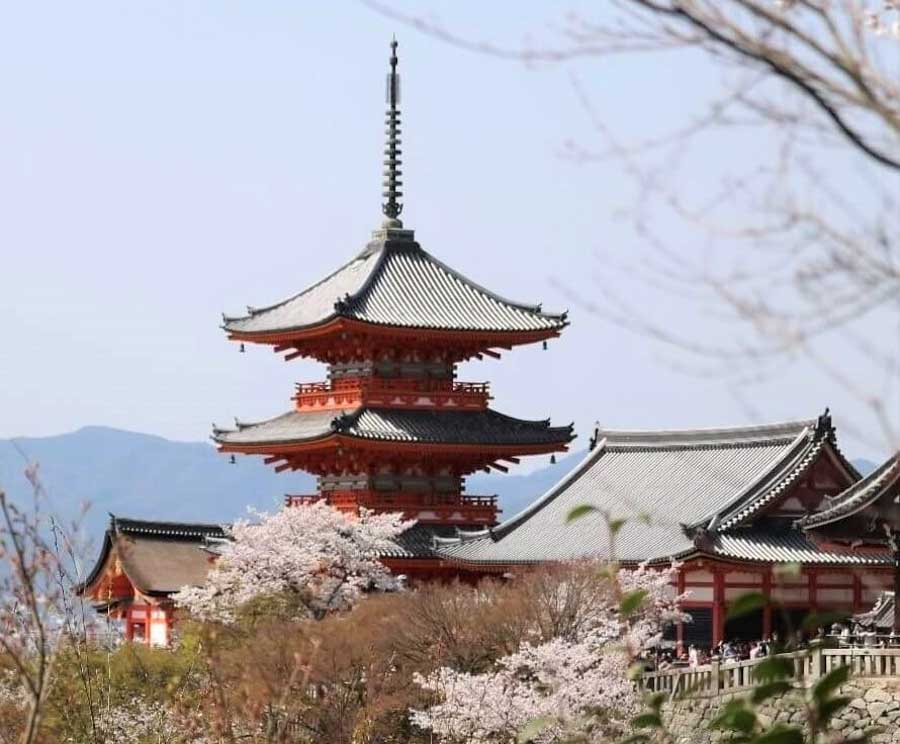
Visit the Kiyomizu-Dera Temple and street scene
Visiting Kiyomizu-dera Temple is one of Kyoto’s classic experiences. The temple, founded in the 8th century, is best known for its large wooden stage that juts out from the main hall, offering sweeping views over the city and the surrounding hills. The temple grounds include smaller shrines, pagodas, and the famous Otowa Waterfall, where visitors drink from streams said to bring health, success, or longevity. The approach to the temple is just as memorable—winding through narrow lanes lined with traditional wooden shops, tea houses, and small eateries. Streets like Sannenzaka and Ninenzaka create the feel of an old Kyoto village, perfect for browsing souvenirs, trying local snacks, or simply soaking in the historic atmosphere.
Enjoy your time frame exploring Sannenzaka and Ninenzaka streets, pick up some snacks and checking out the souvenirs on these popular shopping venues.
How to Get There from Nanzen-ji Temple:
- By Walking and Bus (scenic option): From Nanzen-ji, you can walk about 20–25 minutes along the Philosopher’s Path or through Higashiyama’s quiet streets to reach Gion. From there, it’s another short walk uphill to Kiyomizu-dera. This route lets you enjoy the neighborhood atmosphere on the way.
- By Bus: From the nearby Keage or Higashiyama area, take Kyoto City Bus #100 or #206 to Gojo-zaka or Kiyomizu-michi bus stops. From there, it’s about a 10-minute uphill walk to the temple gate.
- By Taxi: A taxi from Nanzen-ji to Kiyomizu-dera takes about 10 minutes and drops you closer to the entrance, which is convenient if you want to save energy for exploring the steep village lanes.
If timing is difficult, opt for taxi or a ride sharing app to get to the next stop
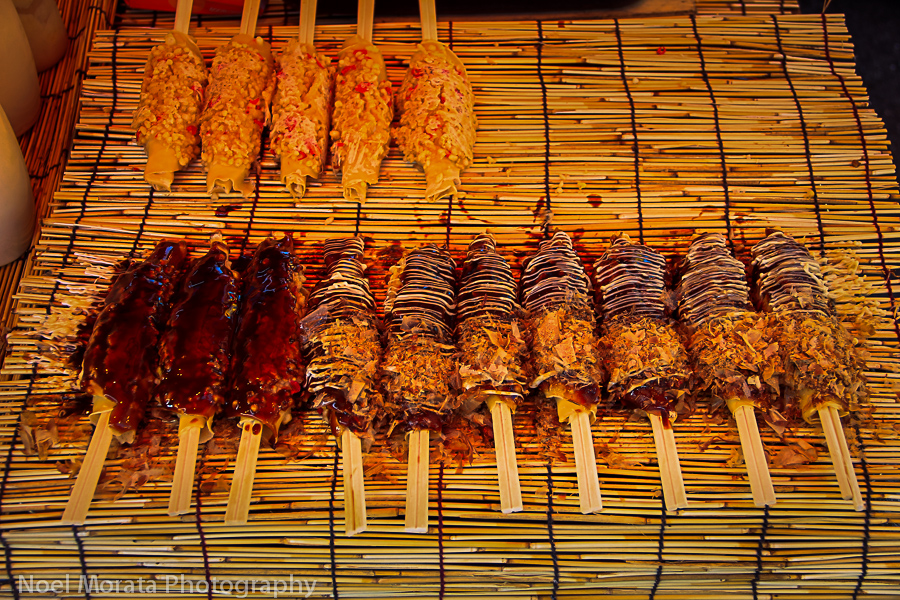
Snacks and other take-away foods to try
If you are looking to take a break and try some local snacks and appetizers, check out what you’ll typically come across when wandering the streets leading to Kiyomizu-Dera Temple in Kyoto:
Traditional Japanese Sweets
- Yatsuhashi (Cinnamon Rice Crackers & Soft Mochi Version)
- Crispy or soft triangle-shaped sweets flavored with cinnamon or matcha.
- Matcha-based Desserts
- Green tea ice cream, cakes, or dango with matcha coating.
- Warabi Mochi
- Soft, jelly-like mochi dusted with kinako (roasted soybean flour).
Savory Street Foods
- Takoyaki
- Octopus-filled batter balls, usually topped with sauce, mayo, and bonito flakes.
- Okonomiyaki Skewers
- Mini portions of savory Japanese pancakes served on a stick.
- Senbei (Rice Crackers)
- Grilled or baked, sometimes brushed with soy sauce or flavored with sesame.
Handheld Snacks
- Taiyaki
- Fish-shaped cake filled with red bean paste, custard, or chocolate.
- Korokke (Croquettes)
- Deep-fried mashed potato and meat or vegetable patties.
- Yakitori Skewers
- Grilled chicken skewers, occasionally offered by smaller stalls.
Seasonal and Local Specialties
- Pickled Vegetables on Sticks
- Crisp tsukemono (pickles) to snack on while walking.
- Seasonal Fruit Treats
- Fresh strawberries coated in chocolate or served on skewers.
- Chestnuts (Kuri)
- Roasted or candied, especially popular in autumn.
Refreshing Options
- Matcha or Hojicha Soft Serve
- Creamy ice cream flavored with Kyoto’s famous green tea or roasted tea.
- Sweet Potato Snacks
- Candied or baked satsumaimo pieces, warm and filling.
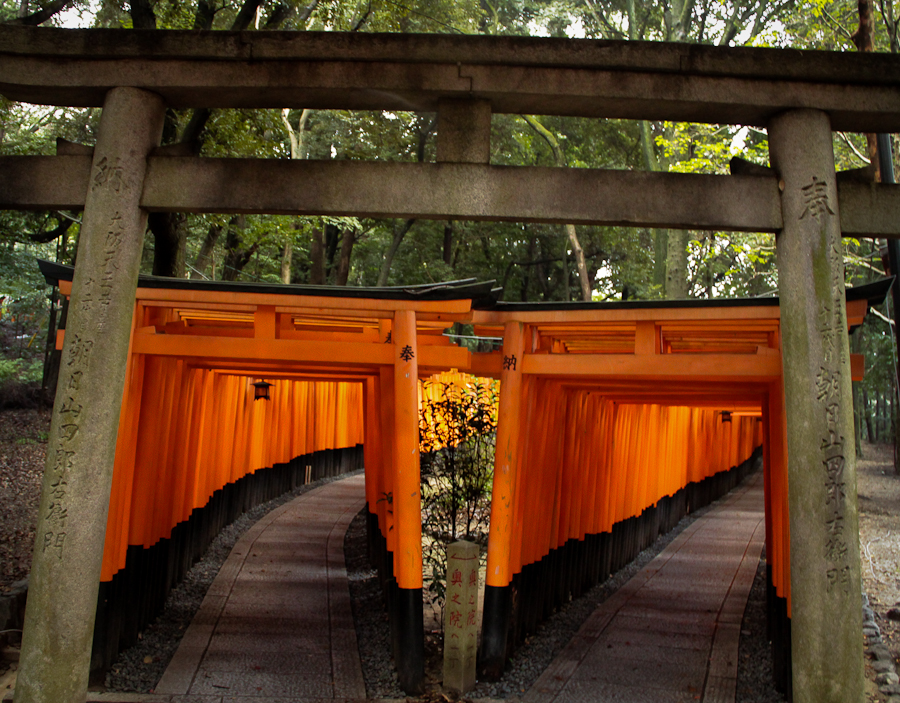
Fushimi-Inara Taisha Shrine
Fushimi Inari Taisha Shrine is one of Japan’s most iconic sites, famous for its thousands of bright orange torii gates that create winding tunnels up the forested slopes of Mount Inari. Dedicated to Inari, the Shinto god of rice and prosperity, the shrine features fox statues (kitsune) believed to be the deity’s messengers. Visitors often walk the main trail, which can take two to three hours to complete if you climb all the way to the summit, though many choose to explore just the lower sections for the striking torii-lined paths and views over Kyoto. The atmosphere shifts as you ascend—busy at the base with food stalls and shops, and quieter, almost meditative, further up the mountain.
How to Get There from Kiyomizu-dera Temple:
- By Bus and Train (most straightforward): Walk down from Kiyomizu-dera to Kiyomizu-michi or Gojo-zaka bus stops. Take a bus toward Kyoto Station (about 15–20 minutes). From Kyoto Station, board the JR Nara Line and get off at Inari Station (about 5 minutes). The shrine entrance is directly in front of the station.
- By Taxi: A taxi from Kiyomizu-dera to Fushimi Inari takes around 15–20 minutes, convenient if you want to skip transfers and save time.
- By Walking and Train (scenic option): You can walk through Higashiyama back toward central Kyoto (about 30 minutes), then hop on the JR Nara Line to Inari Station. This combines a cultural stroll with the train ride.
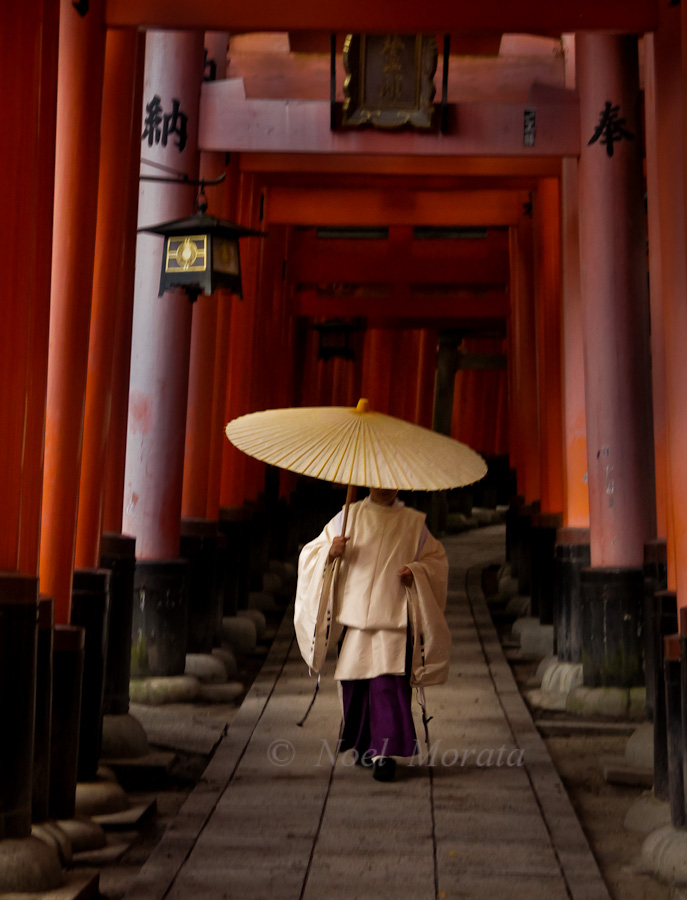
Exploring the temple grounds and the many red tori gates
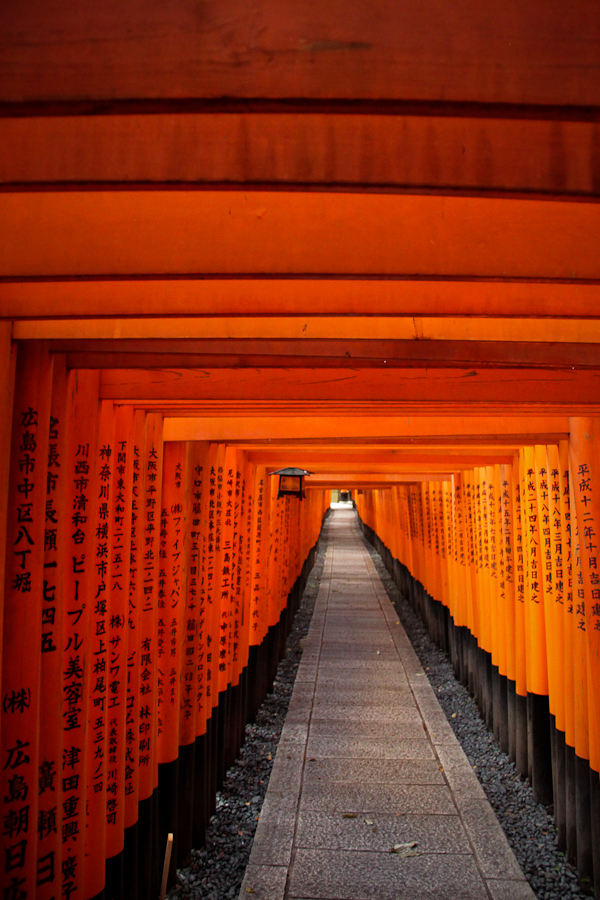
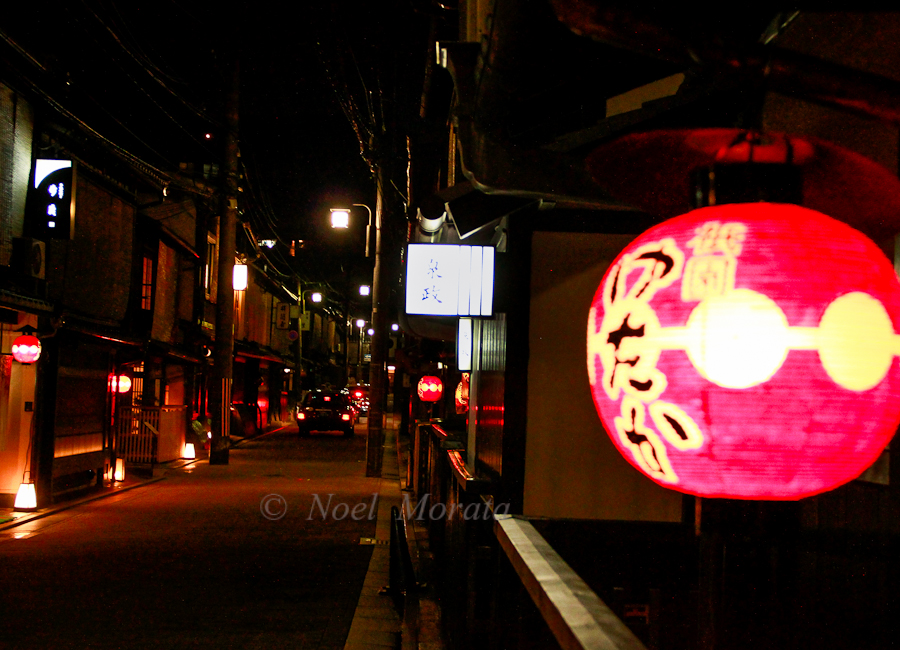
Explore the Gion and Pontocho District
Gion is Kyoto’s historic entertainment district, known for its traditional wooden machiya houses, teahouses, and the chance to spot geisha walking to appointments. Strolling through its narrow streets, you can experience a side of Kyoto that feels rooted in centuries of culture, with artisan shops, small galleries, and local cafés adding to the atmosphere.
The Gion district is where you’ll also spot Geisha that travel from one tea house, restaurants and bars and you’ll easily find crowds that hang out at major areas and streets hoping to find Geisha walking around the many entertainment spots in this district.
How to get there
From Fushimi Inari Shrine, the easiest way to reach Gion is by train: take the JR Nara Line from Inari Station to Tofukuji Station (about 5 minutes), transfer to the Keihan Main Line at Tofukuji Station, and get off at Gion-Shijo Station (about 5 minutes). From there, it’s a short walk to the heart of the district. Taxis or buses are also options, though trains are generally quicker and more convenient.
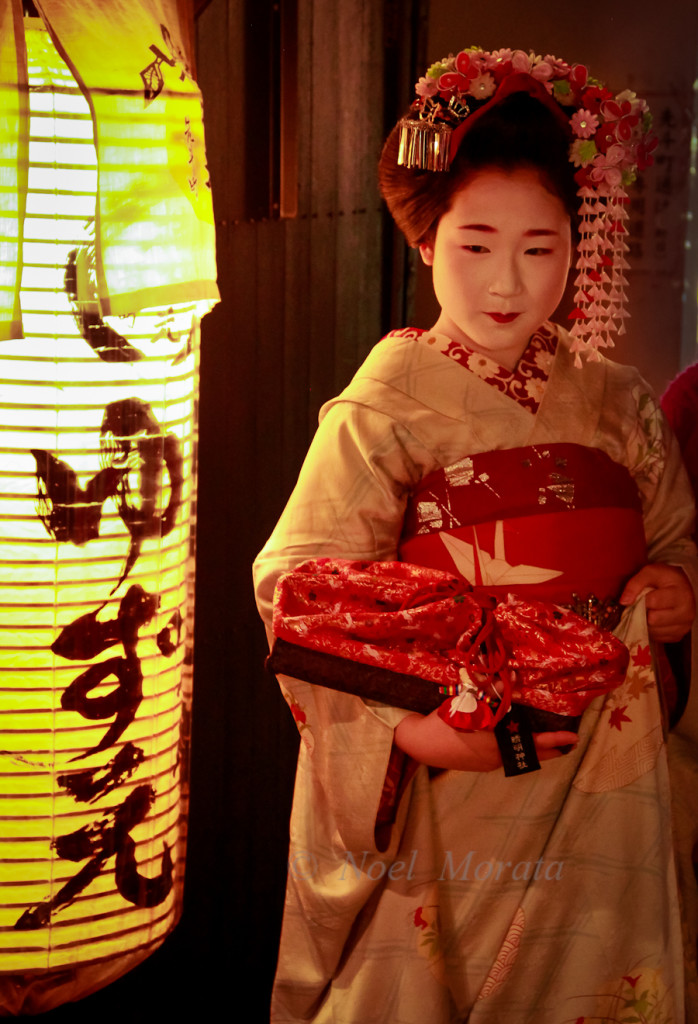
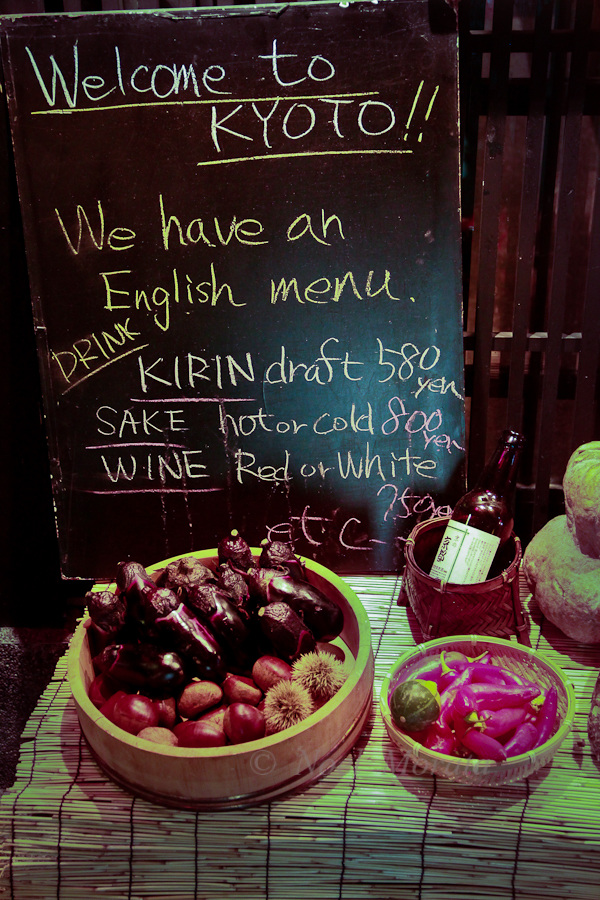
Dinner around the Gion District
Here’s a guide to eating around the Gion District and some popular dining choices to enjoy in the area.
1. Kyoto Kaiseki Restaurants: Gion is famous for traditional multi-course meals called kaiseki. Restaurants like Gion Karyo and Gion Nanba offer seasonal dishes crafted with precision. Expect a higher price point, usually ¥6,000–¥15,000 per person.
2. Yakiniku & Japanese BBQ: For grilled meats, Gion Yakiniku Ken serves high-quality cuts in a cozy setting, ideal for a more casual yet memorable dinner. Average cost: ¥3,000–¥5,000.
3. Sweets and Cafés: Traditional Japanese sweets and matcha are a must. Try Gion Tsujiri for matcha desserts or Itohkyuemon for teas and wagashi. Perfect for a light afternoon treat.
4. Sushi and Seafood: Sushi Iwa and Gion Matsudaya offer fresh sushi experiences, from nigiri to seasonal specialties. Prices range from ¥4,000–¥12,000.
5. Street Food & Quick Bites: While Gion is more about sit-down dining, you can find smaller snacks like yatsuhashi (cinnamon rice cakes) from street vendors along Hanami-koji Street, ideal for a sweet bite while exploring.
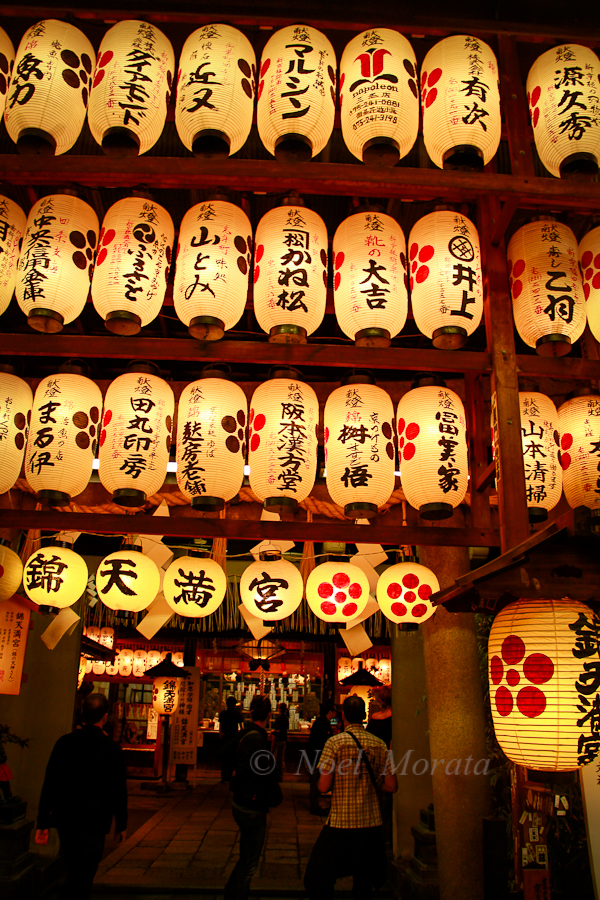
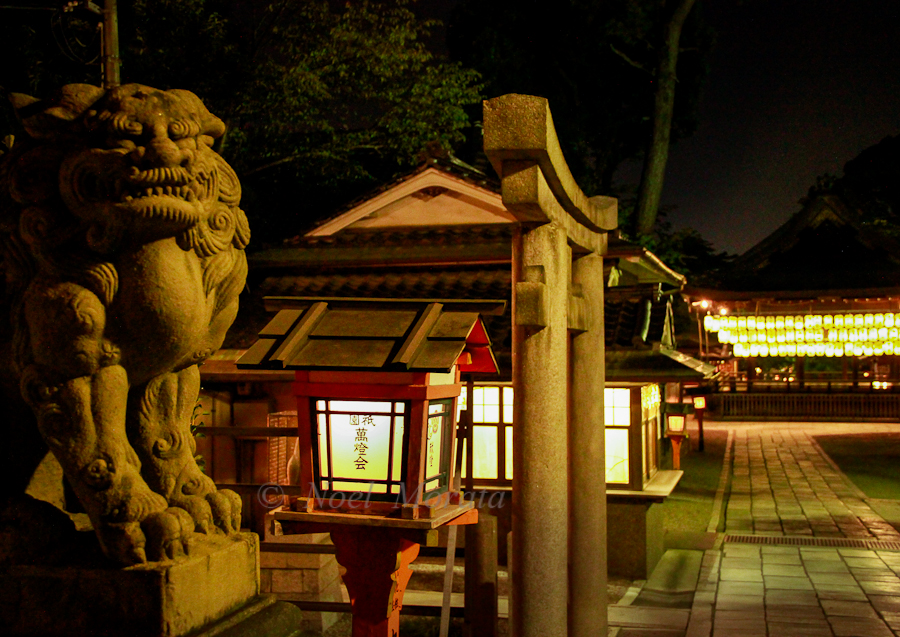
Nighttime visit to Yasaka Shrine
If you are open to exploring Kyoto at night, then head out to Yasaka Shrine which is a short walk from Gion and the entire temple grounds are lit up at night with the magical temples, gardens and monuments lit up and fun to explore.
It’s typically very quiet here at Yasaka Shrine and you can easily explore and enjoy the entire complex safely and easily visit the magical scenes , temple grounds and gardens at Yasaka to enjoy late at night before you call it a day.
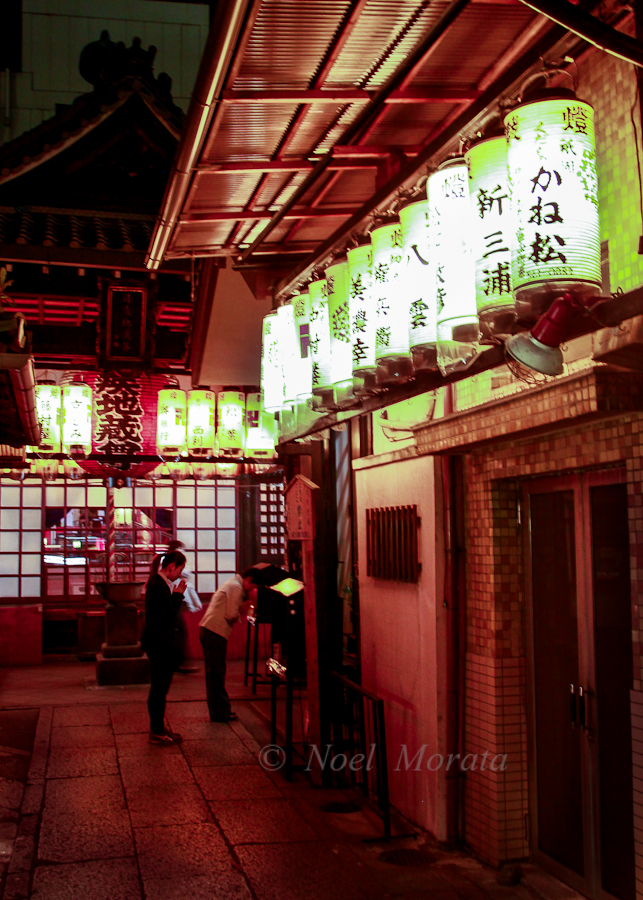
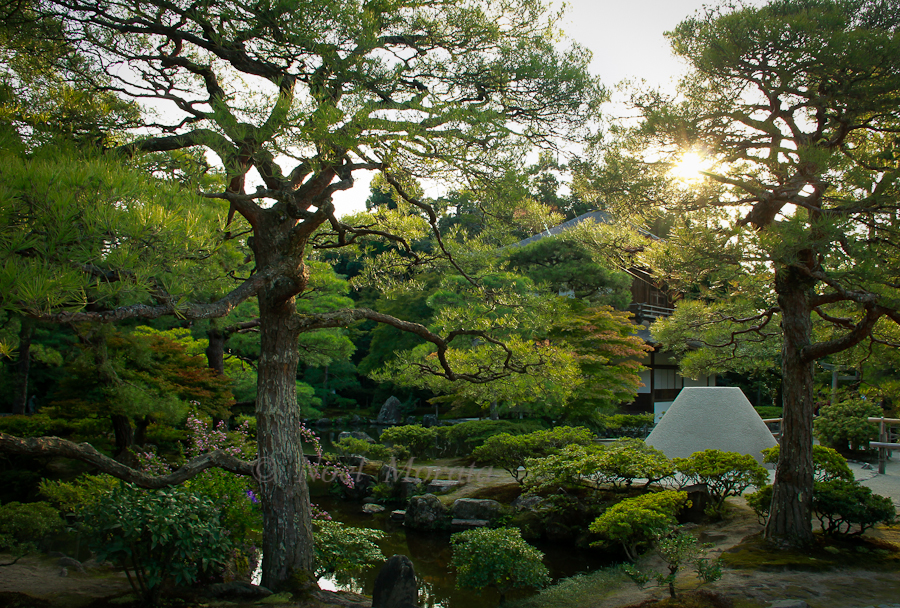
Further Reading – Exploring Kyoto
Check out these other inspiring posts to visiting Kyoto below
Visiting the Silver Pavilion in Kyoto, Japan
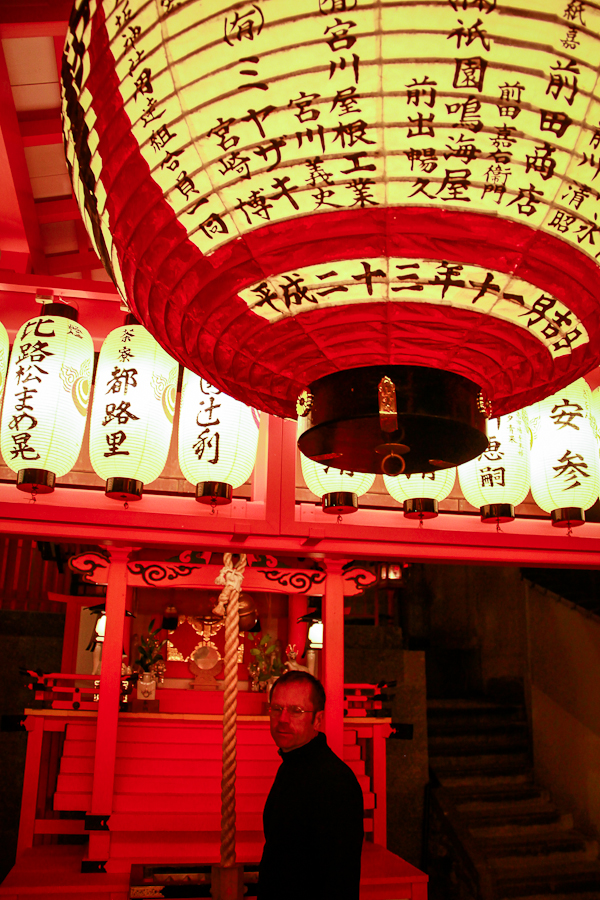
Conclusion to visiting Kyoto in one day
There are many more beautiful gardens surrounding Kyoto and part of many historic temples around the city. These are just some of the main gardens of interests that are part of more elaborate temples or are historic monuments and some of the reasons to visit Kyoto. Thank you for visiting these Beautiful temples and gardens of Kyoto today and if you enjoyed the post, please do share it with any of the social media buttons below.
Sharing is caring!

